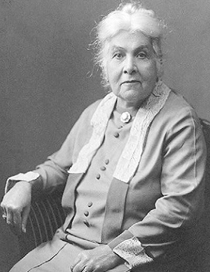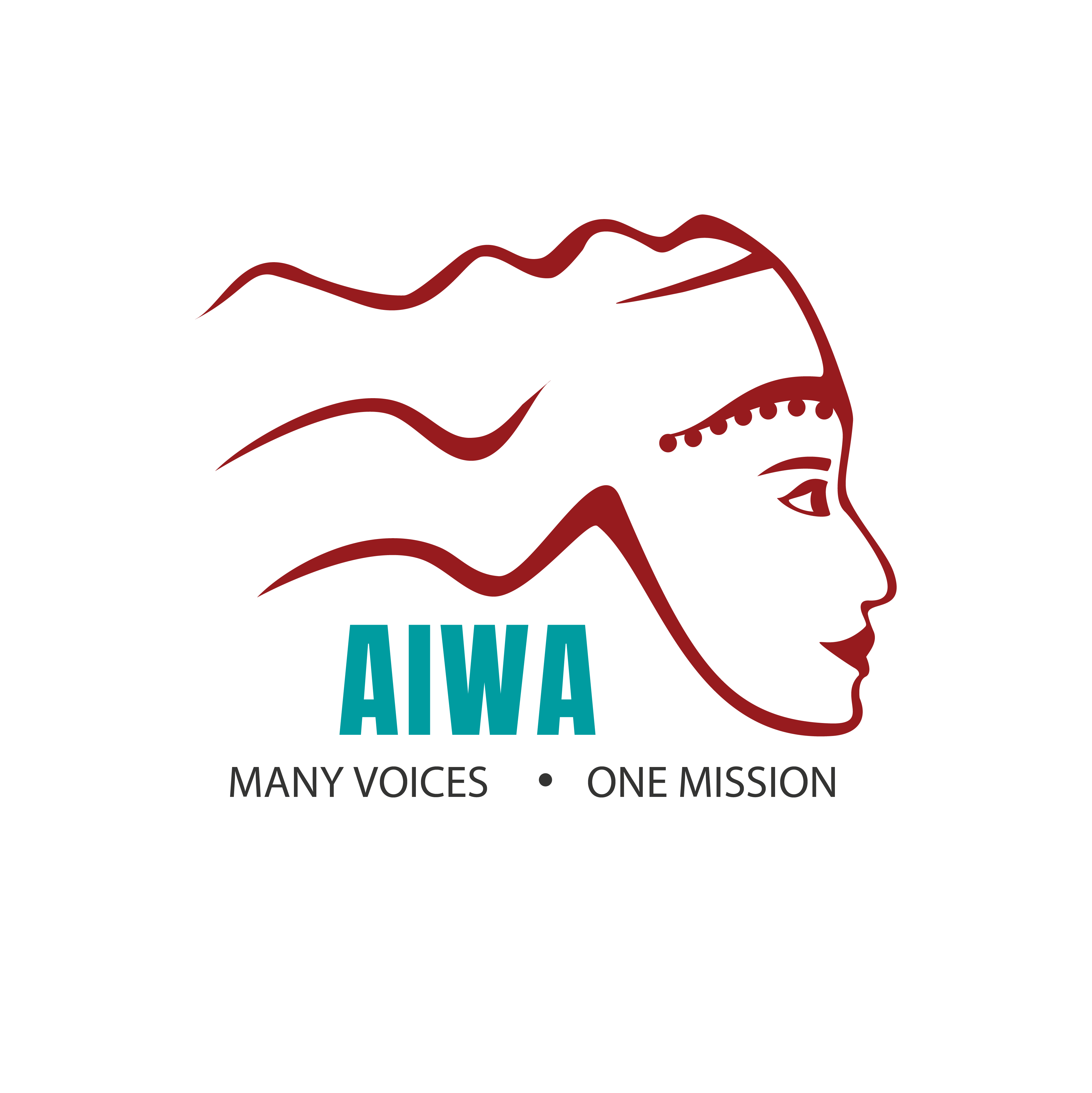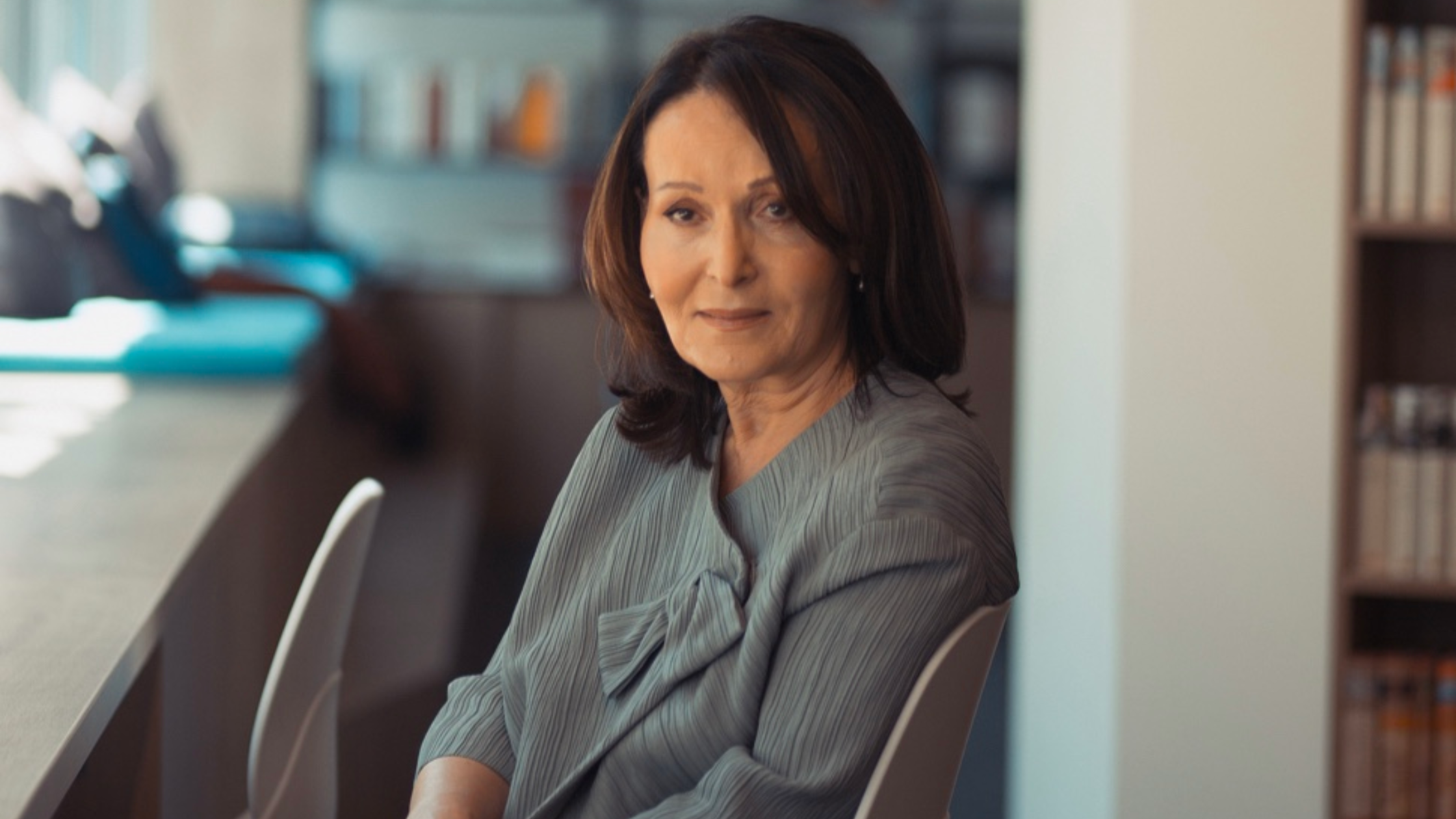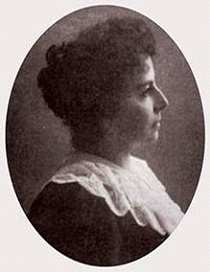Apcar, Diana
National Social and Political Activist
1854‑1937

Born in New Julfa, Iran, Diana Apcar moved to Calcutta, India, at a young age. She received her elementary education in the local Armenian Sandukhtyan school, then studied in English educational institutions. Since then she became interested in various national issues. She married a wealthy silk trader, Apcar Apcaryan, and moved to Yokahama, Japan.
In 1919 she was appointed as the Diplomatic Representative and Consul of the First Republic of Armenia in Japan, in recognition of her humanitarian efforts in welcoming hundreds of Armenian Genocide survivors who managed to find their way from the Caucasus, across Siberia, to Japan. She fed, housed, and clothed them, and arranged their transport to safe locations. Through her efforts, many of them were able to emigrate to the United States. She lived in Japan the remainder of her life. Her children moved to the United States.
Apcar lived far from her homeland, but its problems and tribulations were always at the center of her attention. She maintained a close relationship with the Holy See of Echmiadzin, and provided financial and moral assistance to her contemporaries living in the Far East. The Catholicos of All Armenians presented her with an Encyclical on April 24, 1926, in recognition of her national activities.
Apcar was among the most educated women of the time. She was fluent in English and Japanese. She kept her presence in media, publishing articles on Armenia, Armenians, and the Armenian Cause, introducing the Japanese to her homeland and nation, and promoting the concept of Armenian statehood. She published works dedicated to the Armenian question and the massacre (for example, The Truth About the Armenian Massacres, 1910; The Case of the Armenians, 1914; The Murder of Armenia, 1916; American Mandate for Armenia, 1920, etc.).
After his visit to Japan, the diplomatic representative of the Republic of Armenia G. Jamoev wrote: “Mrs. Apcar provides publicity to the question of independence of Armenia through the media, and introduces Japanese society to the Armenian nation. She does great works for Armenia.”
Prepared by the Central State Archives, Republic of Armenia
Bibliography:
Central State Archives of the Republic of Armenia, fonds 199, 200, 409.
- Stepanyan, Biographical Dictionary, v. 1, Yerevan, 1973.
Soviet Armenian Encyclopedia, v.1, Yerevan.
Teotig, Amenuyn Daretsuyts, 1921.




